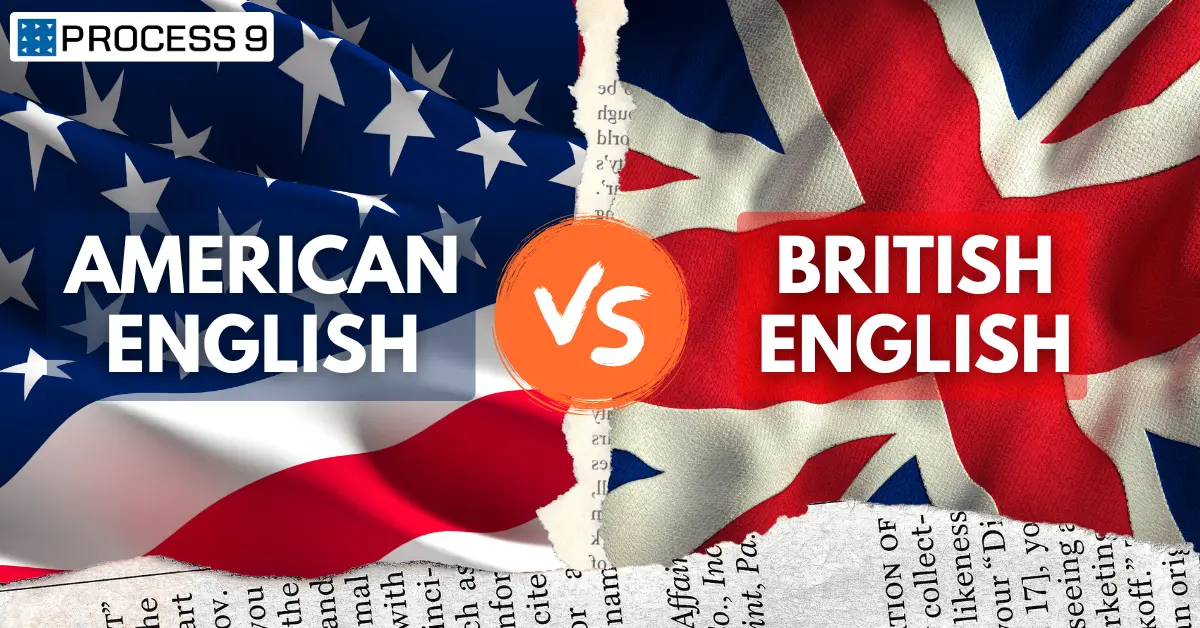The professional translation industry revolves around four pivots, commonly known as the four Ts of translation. This saga of making matter from one language accessible to readers of the others has always centered upon four protagonists: Translation, Transliteration, Transcription, and Transcreation. These four pillars should be seen in something other than binaries, like transliteration vs. translation. Instead, it is the co-existence of these four which ensures smooth and fair translation. Let’s understand these four Ts in detail.
The Four Ts of Translation
The four Ts of the translation industry are interrelated and co-exist in harmony with one another. Their use and correlation determine that any binary about their nature and operations, like translate vs transliterate, is antithetical to the very objective they intended to serve initially. Read on to learn more about the four Ts of translation:
- Translation
- Transliteration
- Transcription
- Transcreation
Translation
Translation refers to converting the content written in one language into another. Translation makes the content written in language accessible to the readers of others.
Gone are the days when translation services used to be confined to translating books and written materials. In the 21st century, With as many as 7100+ languages being spoken on the face of the earth, translation is the service that finds itself in the middle of needs and attention.
The translation is even more relevant with the free flow of information over the internet.
Now websites and apps cater to the demands and needs of users who understand various languages. This localization of websites and apps not only makes things comprehensible and accessible to users speaking different languages, but businesses also see a fantastic expansion opportunity.
There are four significant types of translation, i.e., literary, professional, technical, and administrative. Please refer to our blog here if you want to read about these types of translations in detail.
Transliteration
Transliteration refers to the process wherein the words of one language written in a script are converted into the script of another language. Transliteration is concerned with the pronunciation of words and not the meaning of the same. Transliteration ensures that the essence, and not necessarily the meaning of a word, is conveyed to the intended audience. It is also instrumental in pronunciation, as speakers of one language can learn to pronounce the words of another without having to understand the script of the latter.
For instance, let’s have a look at this transliteration example. In October 2022, the president of the United States, Joe Biden, issued a statement saying, “… As we host the official White House Diwali reception, we are honored to light the Diya surrounded by members of the most diverse Administration in American history….”. In this sentence, one can see that there are two non-English words — Diwali and Diya — which have been used in English sentences using transliteration. Diwali, meaning festival of lights for Hinduism, and Diya, meaning a lamp, has not been translated but transliterated to ensure that the listeners and readers get the essence of the event.
Transcription
Transcription is often used by journalists attending a press briefing, students taking notes in a class, and diplomats making minutes of seminars and conferences. Transcription, by its very nature, refers to the process of writing or jotting down spoken words.
There are two types of transcription:
- Same language Transcription:
Same language transcription refers to the process in which the words spoken and words being transcripted are in the same language and same script. Remember, if the language is different, but the script is the same, in that case, the transcription is not the same language transcription.
- Foreign Language Transcription:
In foreign language transcription, the words spoken are transcripted into another language, but not necessarily in another script. For example, If Nepali is transcripted into Hindi, there is no change in the script as both languages use the same Devnagri Script.
Transcreation
Transcreation is often used by businesses originating from one linguistic region to reach the target audience in another, flawlessly, overpassing the language barrier.
It refers to bridging the gaps left over by translation by adopting similar meaning phrases in the target language. For example, the English phrase “ I am bouncing,” meaning “I am going,” will have a completely different meaning to speakers of another language like Hindi, where it would convey “Me Ucchal Raha Hu.” This is where transcription comes into play and bridges the gap.
How To Use Four Ts of Translation
These four Ts of translation are basically carried out in two ways:
- Automation-based Ts: Translation, Transcription, Transliteration, and Transcreation are carried out by AI-powered automated tools like Mox Veda and Mox Wave. These tools are cost-efficient, time-saving, and accurate in terms of their service delivery.
- Manual Ts: In the manual process, the entire process is carried out by a human being. This process is time-consuming, expensive, and also prone to errors.
Things To Consider Before Using The Four Ts:
There are a few points that you need to take into cognizance while going for the four Ts of translation:
- Formatting: There are two formats — in one format, translation precedes transliteration, whereas, in the other vice versa happens. You can choose either of the formats but must stick to the same throughout the operation.
- Frequency: The frequency determines the essence of your target audience. For instance, writers like Ruskin Bond use transliteration frequently to make his stories and poems intended for the likes of the Indian audience, particularly Hindi-speaking ones.
- Capitalisation & Italicisation: Wherever you use transliteration and other Ts, make sure such usage stands out of the text. You can do this by capitalizing and italicizing the usage accordingly.
Localization Service: The Need of The Hour
If you are wondering how to use these four Ts in consonance to reach the target audience flawlessly and effectively for your business’ growth and expansion, the answer is the localization service for your business websites and apps.
Process9 is among the localization industry giants, catering to the localization needs and requirements of businesses across the globe. Our experts take care of all these four Ts to ensure that your websites and apps stay ahead of the curve. Our cutting-edge software like Mox Veda and Mox Wave are known for their swift and efficient localization ability, catering to 100+ clients. We have localized 1 billion+ words efficiently and cost-effectively.
Similar posts:
American english vs british english







Share: